PPT-GPU programming Dr. Bernhard
Author : lois-ondreau | Published Date : 2019-03-16
K ainz Overview About myself Motivation GPU hardware and system architecture GPU programming languages GPU programming paradigms Pitfalls and best practice Reduction
Presentation Embed Code
Download Presentation
Download Presentation The PPT/PDF document "GPU programming Dr. Bernhard" is the property of its rightful owner. Permission is granted to download and print the materials on this website for personal, non-commercial use only, and to display it on your personal computer provided you do not modify the materials and that you retain all copyright notices contained in the materials. By downloading content from our website, you accept the terms of this agreement.
GPU programming Dr. Bernhard: Transcript
Download Rules Of Document
"GPU programming Dr. Bernhard"The content belongs to its owner. You may download and print it for personal use, without modification, and keep all copyright notices. By downloading, you agree to these terms.
Related Documents

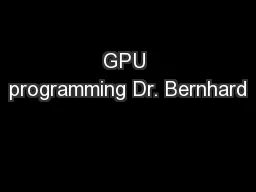
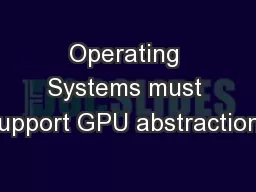
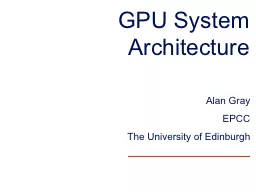
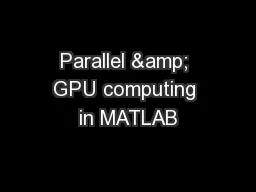
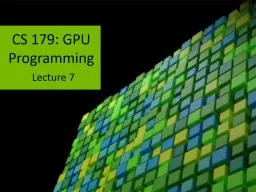
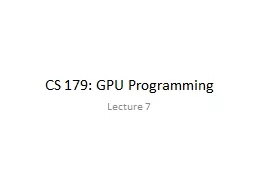
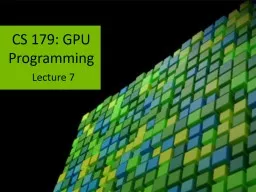


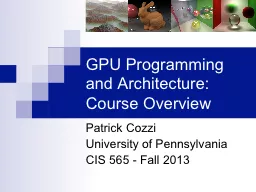
![[PDF]-Programming 3: Python Programming Professional Made Easy & C Programming Success](https://thumbs.docslides.com/980147/pdf-programming-3-python-programming-professional-made-easy-c-programming-success-in-a-day-c-programming-c-programming-c-programming-language-html-python-programming-python-java-php.jpg)
![[FREE]-Programming 16: Python Programming In A Day & C Programming Professional Made Easy](https://thumbs.docslides.com/980148/free-programming-16-python-programming-in-a-day-c-programming-professional-made-easy-c-programming-c-programming-c-programming-language-html-python-python-programming-coding-css-java-php.jpg)
